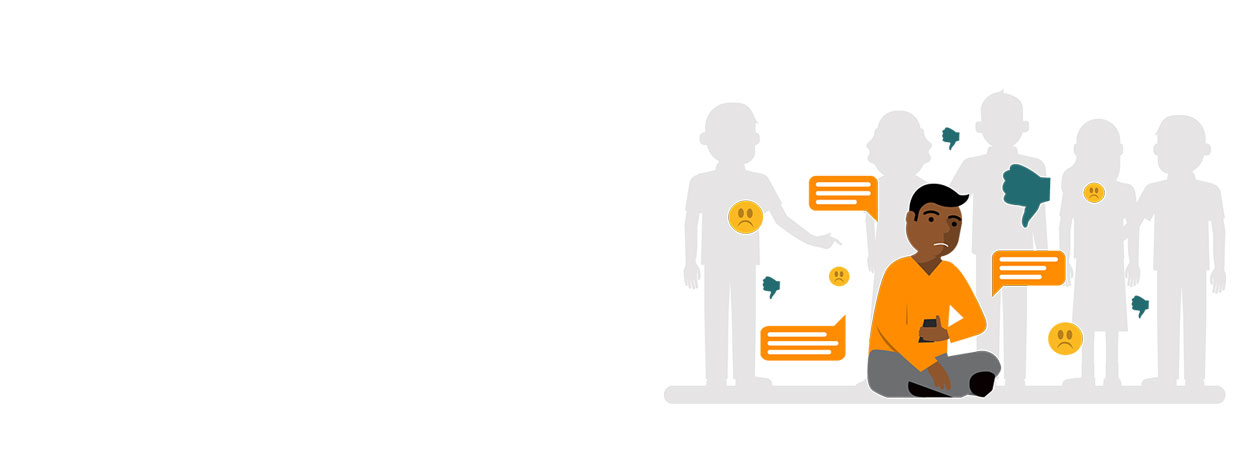Some examples of bullying behaviour
Cyberbullying (also known as online bullying) is repeated behaviour intended to tease, demean or harass someone less powerful.

Flaming and trolling
Teasing or fighting with someone online using angry, demeaning or vulgar language.
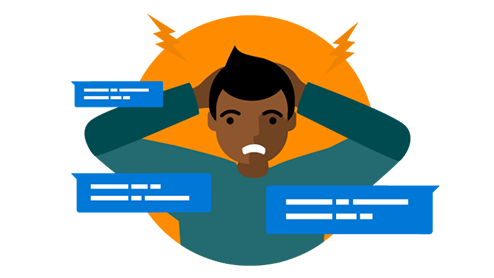
Harassment
Repeatedly sending insulting, obsessive and/or unwanted messages.

Denigration
Sending or posting gossip/rumors about a person in order to damage their reputation or friendships.

Impersonation and catfishing
Pretending to be someone else in attempt to get the victim in trouble, damage their reputation or lure them into unwanted situations.

Outing
Sharing someone’s secrets, embarrassing information or images online.

Trickery
Pretending to be friendly in order to convince someone to reveal secrets or embarrassing information, with the intention of publicly sharing it online.
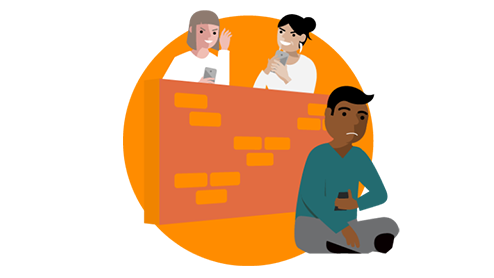
Exclusion
Intentionally and cruelly excluding someone from a discussion or online group.

Stalking
Repeated, intense harassment and denigration that includes threats or creates fear.
What to do if it happens to you
Victims of bullying behaviour can feel so overwhelmed that they don’t know how to make it stop. Here are some steps to help you or a friend tackle these situations:
Tell a trusted adult
The worst thing to do is keep cyberbullying to yourself. Telling a trusted parent, carer, teacher, coach or counsellor will begin the process of stopping the abuse. Your bully may want to make you feel weak or embarrassed for doing this, but sharing is a huge sign of bravery and emotional maturity.

Block the person
Most social media sites let you block other users. This prevents the person from sending further messages or material, and it usually prevents them from being able to see your profile altogether. You can also report specific posts, as they might breach the Terms of Service.
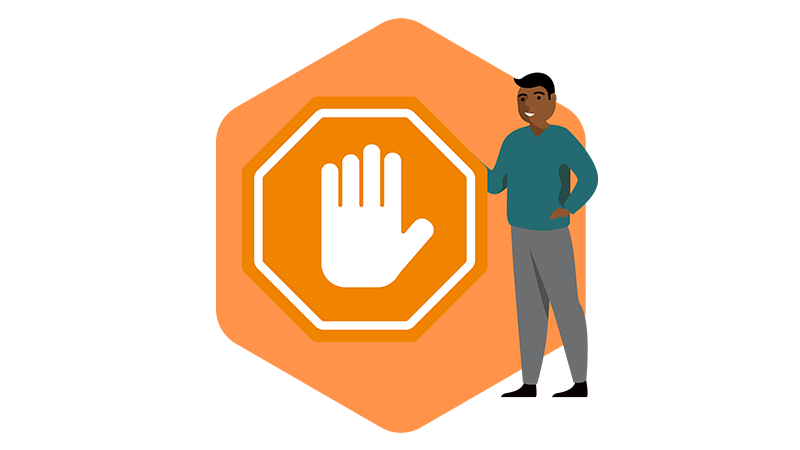
Don’t reply, collect evidence
When someone sends you hurtful messages or material, they’re trying to provoke a reaction. It’s best to not respond or retaliate. Instead, save a screenshot of their post or message so you can show a trusted adult and take action.
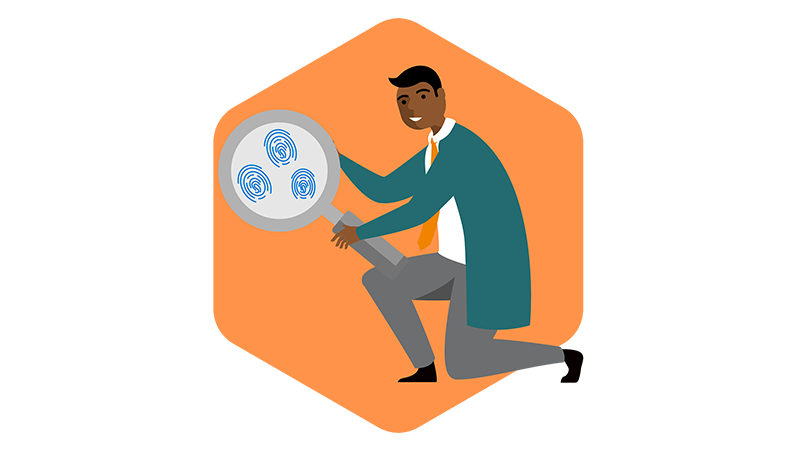
Create a safety plan
A safety plan is crucial if you find yourself in an unhealthy relationship, and that includes cyberbullying. Your plan might include changing your login details, blocking people, reporting negative posts, filtering certain words, turning off location tracking and always logging out of your accounts.

Funny banter or cruel abuse?
Just because there’s no referee in online gaming, doesn’t mean it’s okay to be a bad sport or a sore loser.
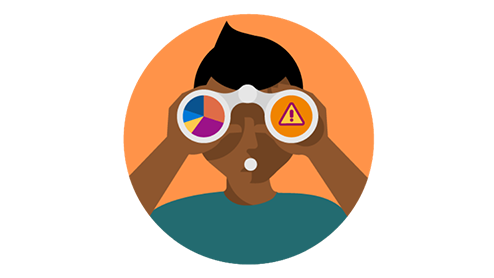
Spotting toxic behaviour
There’s a big difference between a joke and being a jerk. If you notice the conversation is starting to “punch down” – making fun of someone when they’re down, weak or struggling, then it’s probably not funny anymore – especially if the target isn’t laughing.
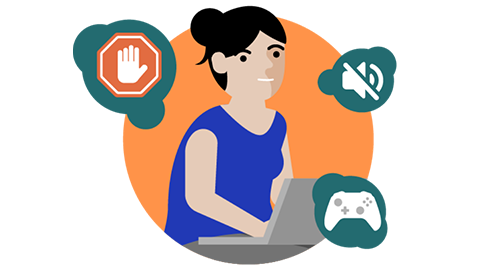
Not feeding the trolls
Everyone can do their part by not joining in when behaviour gets toxic. You can report, block and/or mute bad behaviour as you come across it. Gaming should be fun, safe and inclusive for everyone.
How to prevent cyberbullying
Since the consequences of cyberbullying can be so severe – for the bully as well as the victim – it’s vital for teachers, parents and students to work together to prevent it. Here are some strategies that can help:

Teachers
Foster an environment of mutual respect and tolerance, where it’s clear that any bullying behaviour will be reported to you. Teach students and parents about specific cyberbullying behaviours, why they are wrong, and what to do if spotted.

Parents
Learn about the technologies your child and their friends like to use. Sit with younger children while they play and explore online. Regularly ask tweens and teens to show you around. Understand the signs of someone who is a victim of bullying behaviour.

Students
Learn what cyberbullying is and what to do if you witness it. Think before making a post online and consider whether you would do or say the same thing in person. Embrace the challenge to be a leader in making the internet a better and safer place.
Quick Quiz!
Do you know when someone is cyberbullying and what to do about it?

